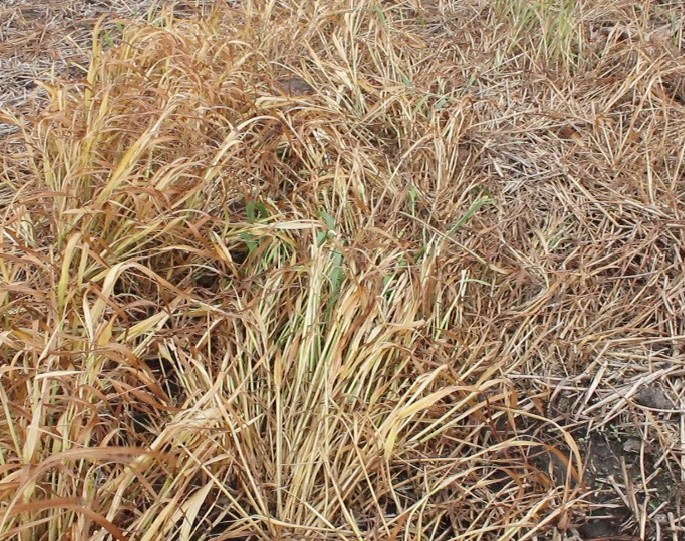In wheat stubble fields to be planted with corn, there was an unacceptable level of volunteer wheat plants that had emerged after the late September glyphosate application. Volunteer wheat is worth controlling since a modest density of 20,000 plants/ac, when left uncontrolled has resulted in corn yield losses of 5% in Ontario*. It’s best to control volunteer wheat prior to planting corn, especially if you are planting non-glyphosate tolerant hybrids. The following questions were asked this spring concerning management of volunteer wheat:
1) Will tillage control volunteer wheat?
Answer: No, not with secondary tillage tools (e.g. disc, cultivator). Yes if using a moldboard plough. For the majority of producers, the type of tillage they use prior to planting corn will only kill about 50% of the wheat stand.
2) I want to work the ground first and then spray glyphosate after to control any plants that escaped tillage, how long should I wait to apply glyphosate?
Answer: Ideally a week, or until you can see visible signs of growth on the plants that have escaped the tillage pass. The photo below shows volunteer wheat control 10 days after glyphosate was sprayed one day after the tillage pass. The control is not acceptable. During this demonstration, it appeared that when tillage did not kill the plant, it would injure it enough to significantly reduce the uptake and movement of glyphosate within the plant. When we followed up with another pass of glyphosate 10 days after tillage, control was excellent because the injured plants had started to actively grow again.

3) If I spray glyphosate first, how long should I wait to work the ground?
Answer: For small annual plants, all glyphosate labels specify to wait 1 day between application and tillage. As annual plants get bigger, it would be prudent to increase that time to 3 days. The photo below shows the control of volunteer wheat 10 days after glyphosate had been applied 3 days prior to tillage.

4) How long must you wait to till a field after applying glyphosate for other weed species?
Answer: It depends on the targeted plant and its stage of growth. Most glyphosate labels state 7 days for the majority of perennial weeds (using the “when in doubt” strategy I assume) otherwise there are weed and stage specific guidelines:
- 1 day or more: annual weeds
- 3 or more days: dandelion (small), quackgrass (twitch grass)
- 5 or more days: Canada thistle (bud stage), alfalfa,
- 7 or more days: dandelion (large), Field bindweed, milkweed, toadflax,
- 10 or more days: Canada thistle (rosette stage)
* Source: Wilson et al., 2010. Volunteer wheat (Triticum aestivum L.) competition in corn (Zea mays L.). Can. J. Plant Sci. 90:919-924.
]